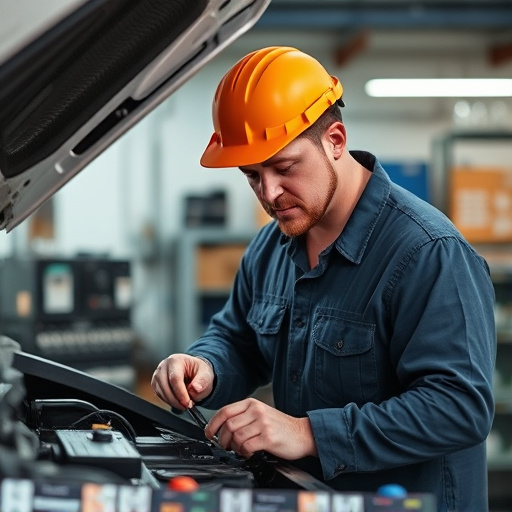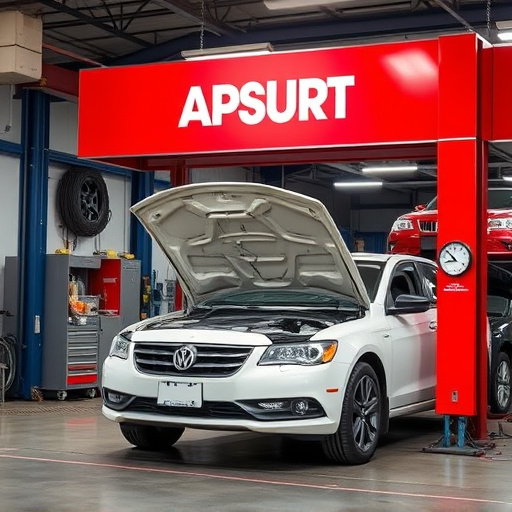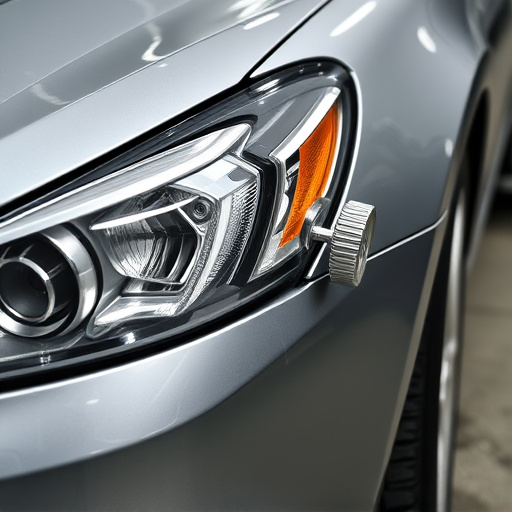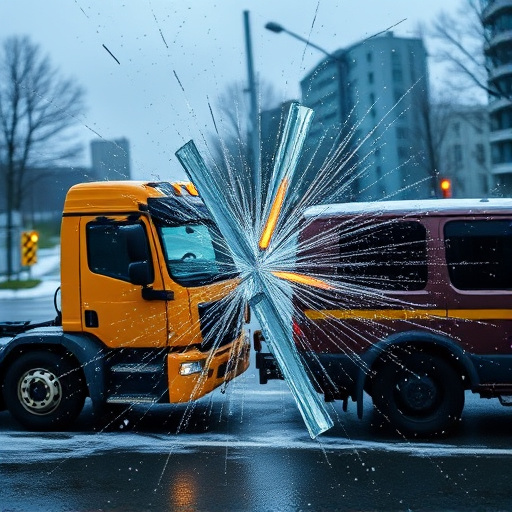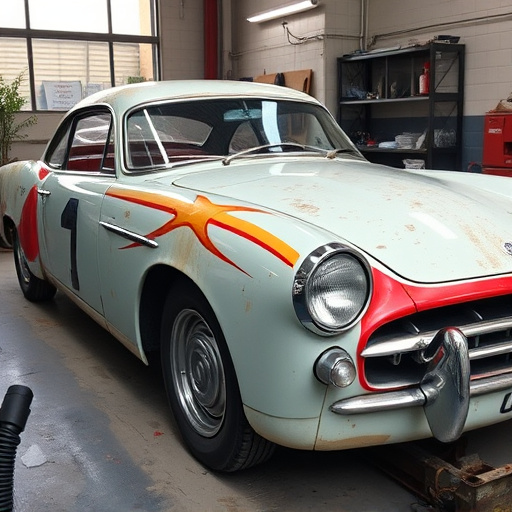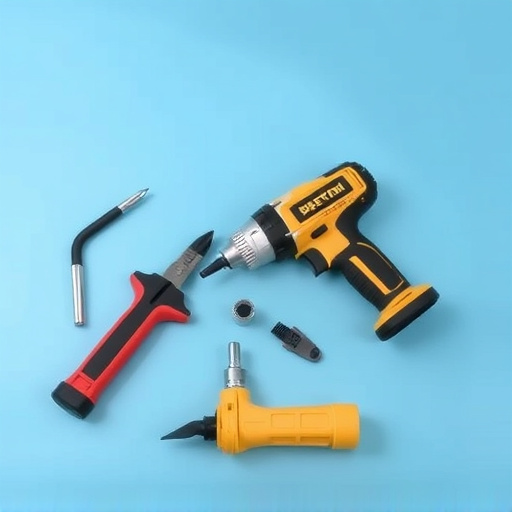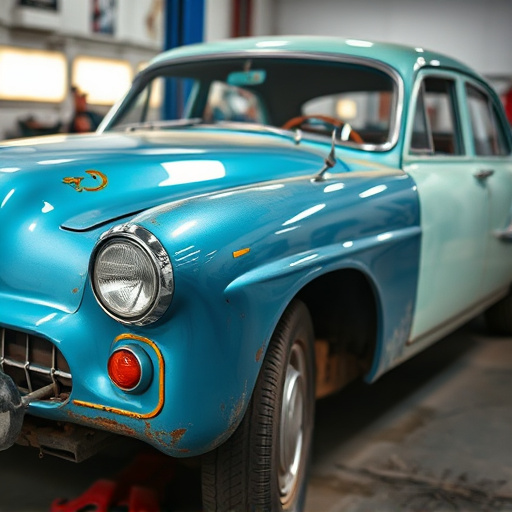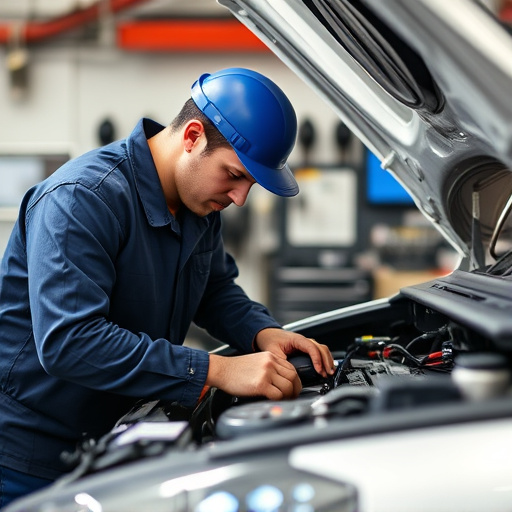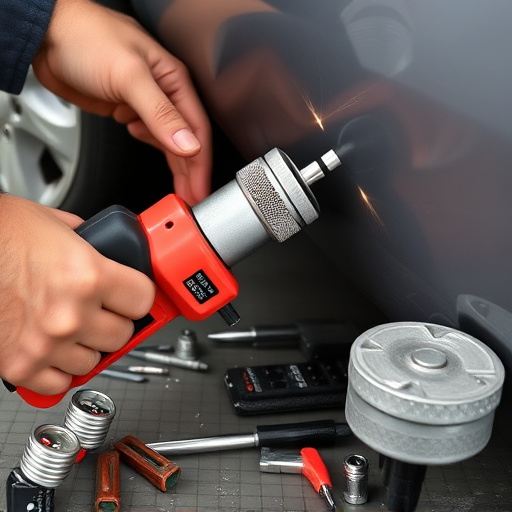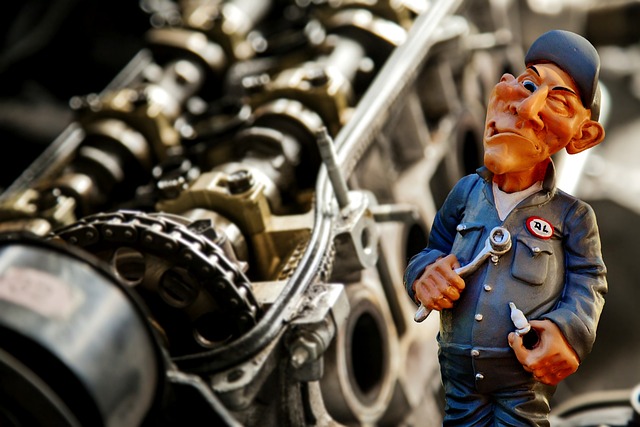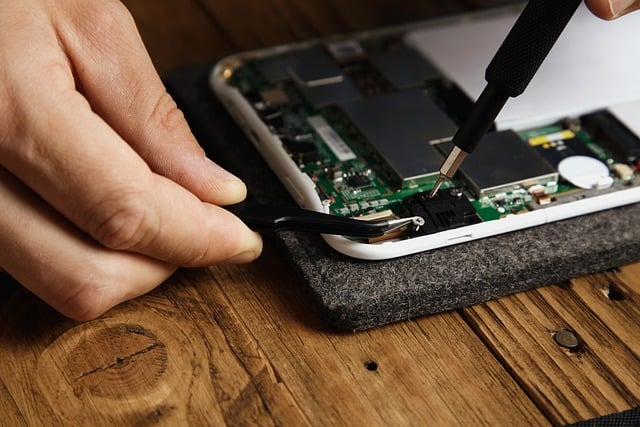Auto accident repair starts with a detailed assessment, followed by deconstruction for safe part removal and necessary repairs, including body panel replacement and electrical system restoration. Completion times vary from 2-3 hours for simple fixes to up to two weeks for severe structural damage. Factors affecting timeline include damage complexity, technician availability, part sourcing, shop size, communication, and expedited services available at an extra cost.
In the aftermath of a car accident, understanding the timeline for repairs is crucial. This article serves as your comprehensive guide to navigating the process, offering insights into the typical phases and turnaround times of auto accident repair. From initial assessment to final restoration, we explore factors influencing completion, ensuring you’re informed about what to expect. By delving into these key areas, you’ll gain a clearer understanding of how to manage expectations and facilitate a smoother recovery.
- Understanding Common Auto Accident Repair Phases
- Average Turnaround Times for Different Repairs
- Factors Affecting Auto Accident Repair Completion Time
Understanding Common Auto Accident Repair Phases
When it comes to auto accident repair, understanding the common phases involved can help set realistic expectations. The initial assessment is crucial, where a skilled technician inspects the vehicle for collision damage repair needs. This phase involves documenting the extent of the damage, which is essential for accurate estimating and insurance claims. Once approved, the deconstruction process begins, where the damaged parts are safely removed to make way for repairs.
The actual repair work encompasses various tasks such as body panel replacement, paint correction, and restoration of electrical systems. Automotive repair experts use advanced equipment and techniques to ensure precision and quality. After completion, a thorough inspection is conducted to verify the work meets industry standards. Finally, the vehicle undergoes a detailed cleaning and detailing process to restore it to its pre-accident condition, ready for road tests and customer pickup.
Average Turnaround Times for Different Repairs
After an auto accident, one of the first questions drivers often ask is, “How long will it take to fix my car?” The answer can vary greatly depending on the extent and type of damage. According to industry standards, simple repairs like fender repairs or replacing a headlight typically take around 2-3 hours. More complex procedures such as car body repair or collision repair services can extend the turnaround time to 5-7 business days.
For minor to moderate accidents, the average auto accident repair completion timeline ranges from 3-5 days. This includes tasks like assessing damage, ordering parts (if necessary), and performing repairs like dent removal or painting a car body. For severe incidents involving structural damage, the process may take longer—up to two weeks or more—to ensure comprehensive and safe vehicle restoration through collision repair services.
Factors Affecting Auto Accident Repair Completion Time
The timeline for auto accident repair completion can vary widely based on several factors. Firstly, the severity of the damage sustained by the vehicle plays a significant role; complex or extensive repairs will naturally take more time than minor cosmetic fixes. Secondly, the availability and skill of the repair technicians assigned to the job are crucial. Specialized automotive restoration experts may be required for certain tasks, adding to the overall completion time. Additionally, sourcing replacement parts can impact turnaround; rare or specialized components might delay repairs until they’re acquired.
Other considerations include the size and efficiency of the repair shop, as well as the coordination among different departments or specialists involved in the auto accident repair process. In some cases, vehicle repair services may offer expedited scheduling for emergency or time-sensitive repairs, but this usually comes at an additional cost. Effective communication between the customer and service providers is also vital to manage expectations regarding turnaround times during car restoration efforts.
When it comes to auto accident repair completion timelines, understanding the process and identifying factors that influence turnaround times is key. By familiarizing themselves with the typical phases of repair, average turnaround periods for various types of damage, and the variables that can impact these timelines, individuals involved in auto accidents can set realistic expectations. This knowledge empowers them to make informed decisions during the restoration process, ensuring a smoother journey towards getting back on the road safely.
